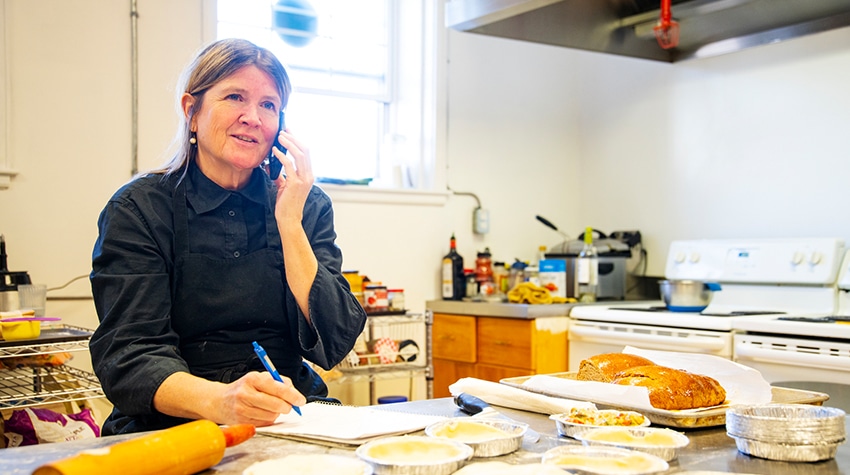Sep 20, 2023
5 Ways to Control Food Costs in Your Restaurant
With food inflation and insecurity at record highs, it is more important than ever for restaurant operators to find ways to save on food costs. Whether you are looking to cut your menu prices, reduce ingredient waste, or trim inventory levels, there are plenty of strategies to help you achieve these goals.
- Start with a Budget
Set a goal for your monthly food costs and commit to tracking against it each month. This can be as simple as aiming for a 20% reduction in your food cost percentage. Then, plan your purchases and sales forecasts accordingly to meet that goal.
- Purchase Only What You Need
It is common for restaurants to overbuy ingredients, perhaps because they have a fondness for certain dishes or because they want to ensure that they have enough on hand for busy periods. However, overbuying will only result in spoilage and food loss, so try to limit the amount of inventory on hand at any given time. This method of purchasing can motivate your staff to do a better job of handling and portioning out products, as they know that there is a limited quantity available.
- Work with Your Suppliers
The lowest cost product is not always the best deal. In the case of pan release a low-cost water-based product ends up costing you more money in the long run. The unique 3-Oil Blend of Vegalene may be pricier but saves much more money than it costs in reduced labor in the dish pit. Your foodservice professional can help point the way to more savings.
- Control Portion Size
A common source of inconsistency in plate costs is a lack of standard portions. Having your cooks pre-portion ingredients before a shift allows them to work quickly and consistently, and it helps keep food costs in check. This is especially helpful when preparing items that are more likely to be affected by ingredient or labor costs, such as preformed patties or precut produce.
In addition to limiting portions, you should have your team label storage containers and prepped ingredients with a date. This limits wasted food by ensuring that the oldest items are used first, and it gives employees a sense of accountability. If you don’t have the time to label every storage container, it is best to teach your team how to use the first-in/first-out method of storing food.
- Eliminate Waste
According to the USDA, about 30-40% of the United States’ food supply is thrown away each year. In your restaurant, that is a lot of money in lost revenue. To eliminate food waste, train employees on the importance of using prepped sauces and ingredients before they expire, label storage containers, and teach them to be more selective with their ordering. By teaching your team how to properly store food and by implementing a zero-waste policy, you can cut your food waste significantly.
Eliminating oil waste is an easy way to start your zero-waste initiatives in your kitchen. A simple spray from Vegalene Pan Release sprays allow you to only use the exact amount of oil needed per use to reduce your overall oil usage when cooking.
These are just some simple changes to your routine to implement some cost-saving initiatives in your restaurant while also reducing your waste production. It’s important to constantly evaluate how your operation can try new ways to reduce food costs to make sure you are achieving your business goals.

 Cart ( 0 )
Cart ( 0 )